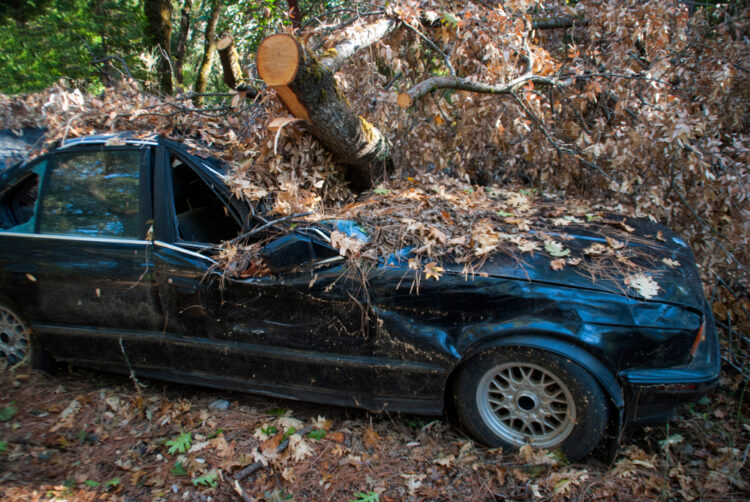
The 15 mistakes people make while landscaping would be insanely funny if they weren’t so tough to correct. Then again, some people see opportunity in a mistake.
Ignoring obstacles and unforeseen costs
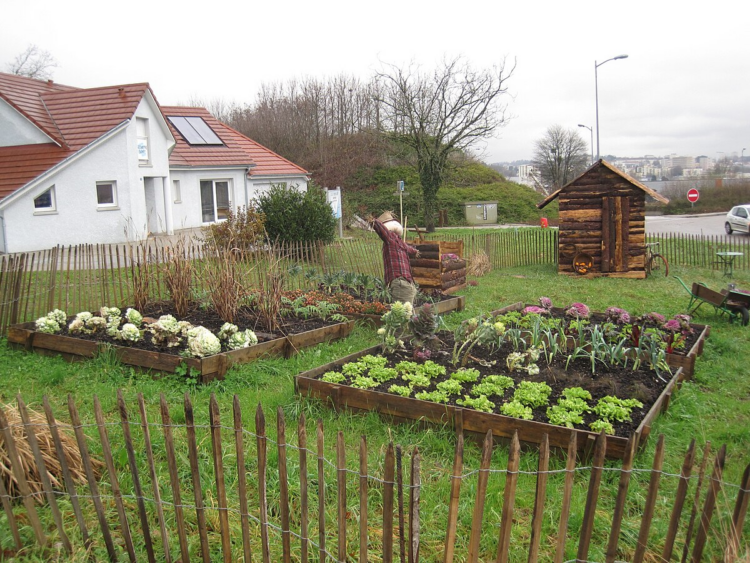
Hey, it’s not hard at all to want to do something and decide to just do it. The problem with this is if your landscaping interferes with such things as power lines, sewer pipes, or anything similar, the city will want to have a word with you.
Improper placement of plants and/or features
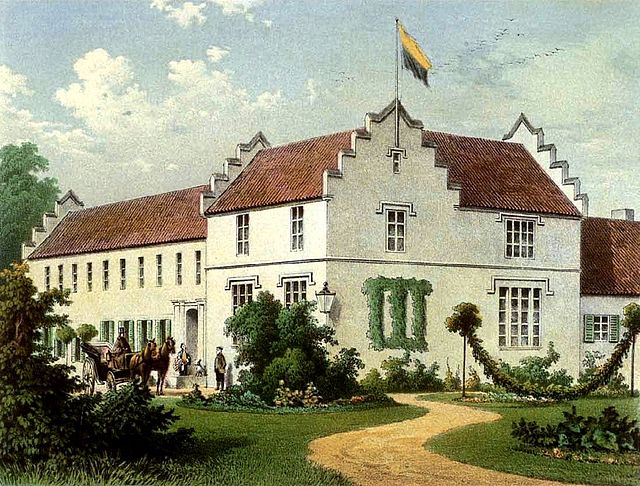
It’s smart to have a plan in place before you start planting or erecting one feature or another. This is because you don’t want to block anything important or create an obstacle that might inconvenience others.
Planting too shallow
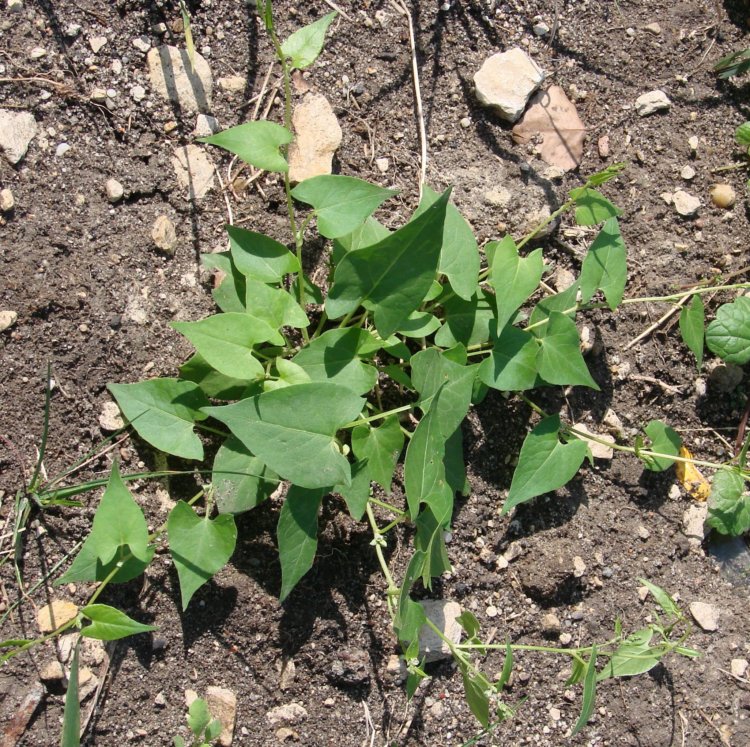
Plants often die because of this since they can’t reach the water they need. It’s also entirely possible for a strong wind to knock them down or rip them out of the ground entirely.
Planting too deep
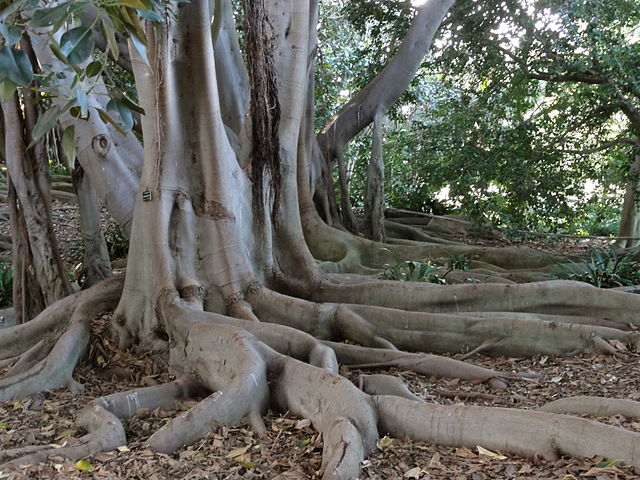
Going too shallow isn’t a good idea, but going too deep isn’t any better since roots need to draw oxygen from air pockets near the surface. If you bury the roots too deep, there’s no chance of reaching the needed oxygen.
Not enough/too much water
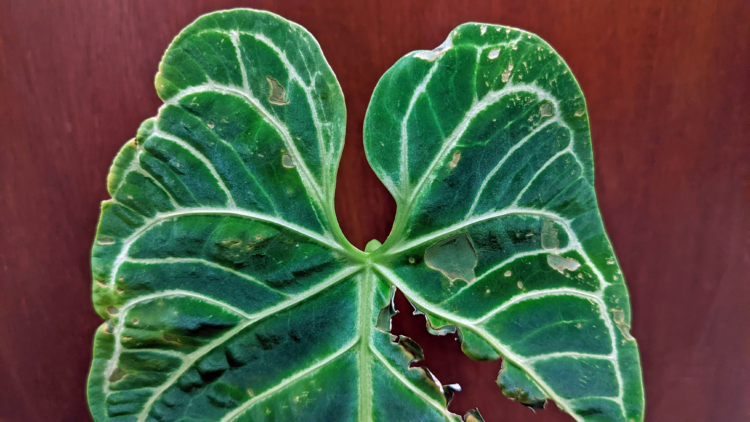
It is possible to ‘drown’ a plant by giving it too much water. At that point, it will tend to rot after a while. But too little water should be an obvious danger.
People don’t know how to mulch
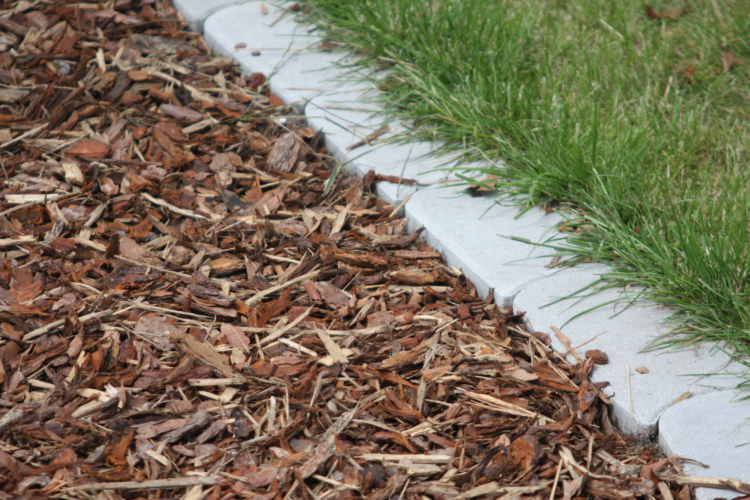
Piling up mulch around the base of the plant is not a good idea. This can create mold growth. But too much mulch isn’t good either since it can create even more problems.
Planting the wrong plant for your location
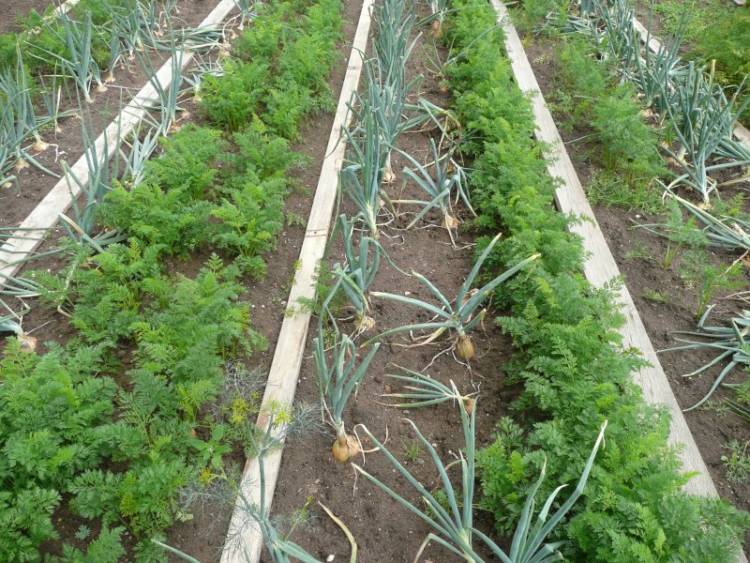
Plants aren’t universal when it comes to where they’ll grow and/or thrive. In other words, you can’t expect a cold-weather plant to do well in glaring sun, and vice versa.
Out-of-control pruning
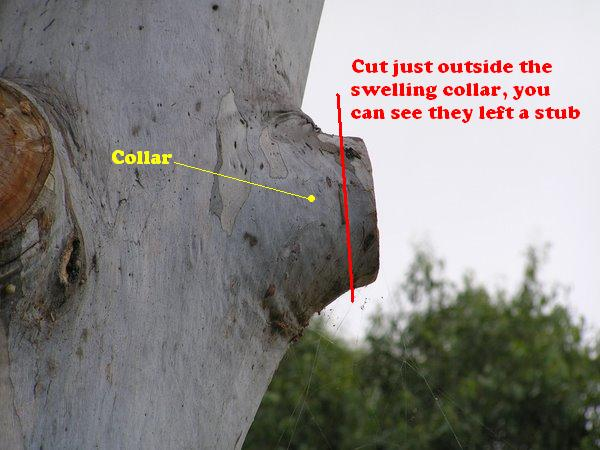
Plants will grow as their DNA dictates and in some cases will do so in ways that are not conducive to the natural flow of your garden. But cutting them to conform to your landscaping is not a great idea. Learn how to prune your plant before putting it in the ground.
Planting invasive species is not a good idea
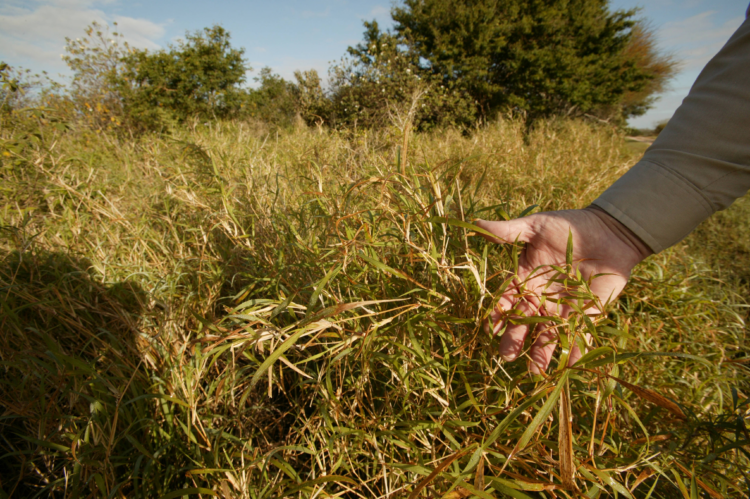
If you need a solid example, look at blackberry bushes and ivy. Invasive species take over very quickly and are tough if not impossible to get rid of.
Creating a chaotic landscape
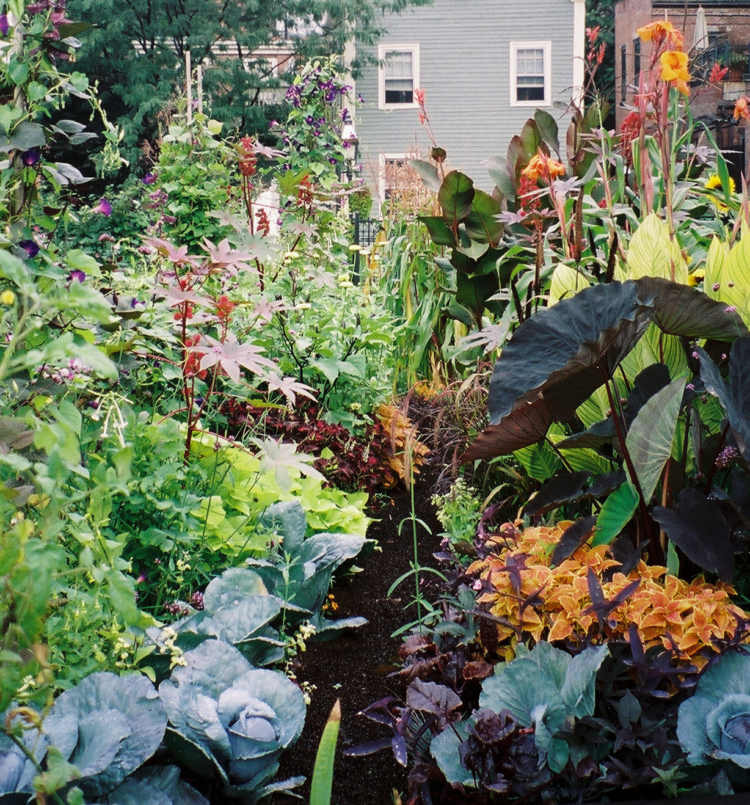
Some people just include whatever they can in their back or front yard. Without a plan in place, it becomes a regular maze of mess.
Planting without a plan
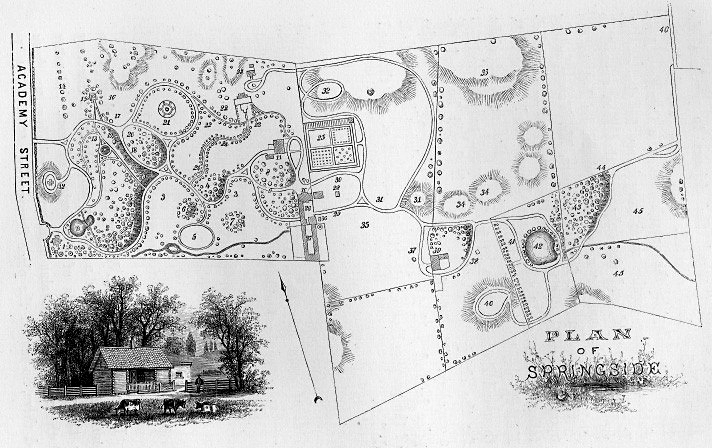
It pays to have a diagram down before you plant, even if it’s a simple idea of where things need to go. Some plants can’t co-exist, and sometimes features might not work in the spot you pick. The more well-planned something is, the better.
Ignoring wildlife is a mistake
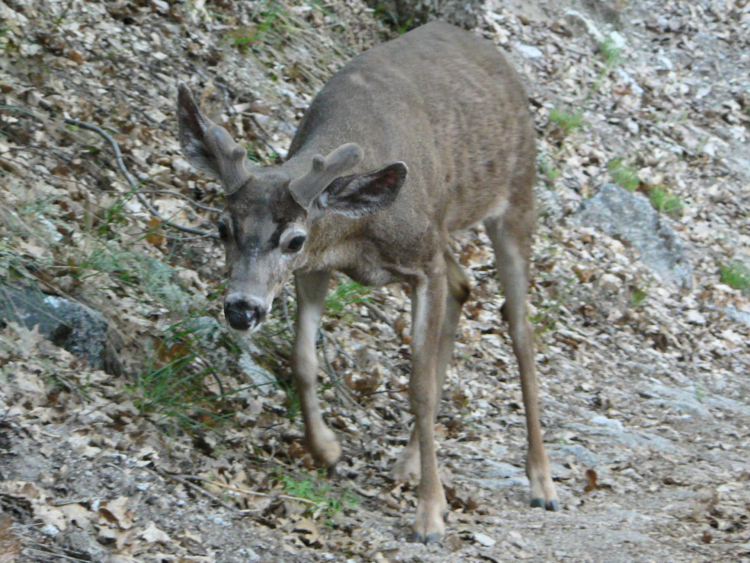
Think about what you’re planting and what you’re building. Deer eat a plethora of plants, while squirrels and other little animals will love to nest in or ruin something you’ve built.
You do need to plan for the seasons
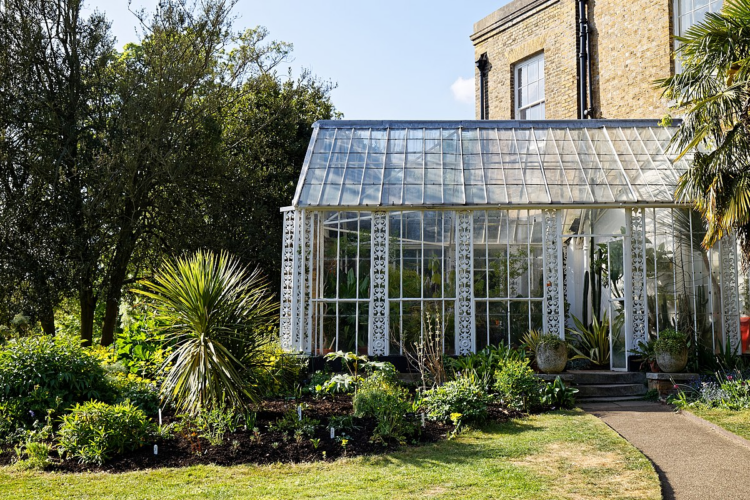
Spring and summer are quite lively and invite several different ideas for fun and vibrant landscaping. But you’ll need to understand that during the fall and winter months things will look a little drab by comparison.
Not knowing where to plant or how to landscape for interior views
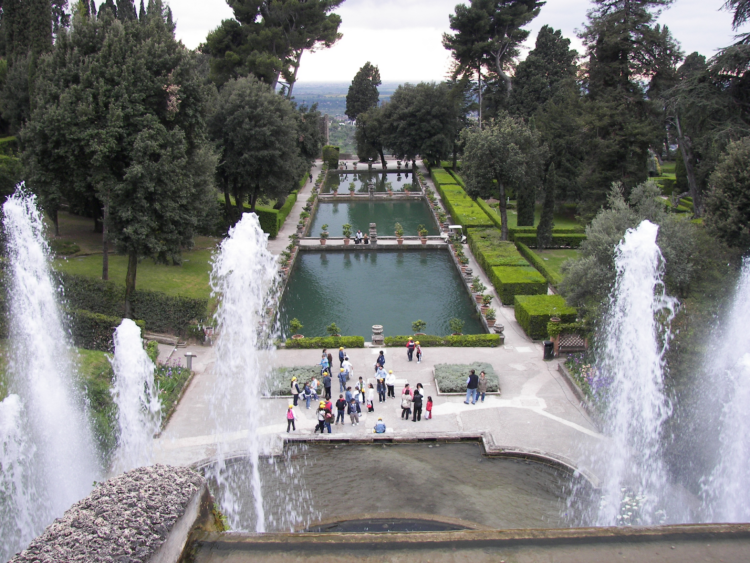
How often do you walk outside, or just take in the view from inside? You’ll need to figure out how often you’re going to be walking around your exterior and where you can best see your designs from the inside to really enjoy it.
Forgetting how maintenance works
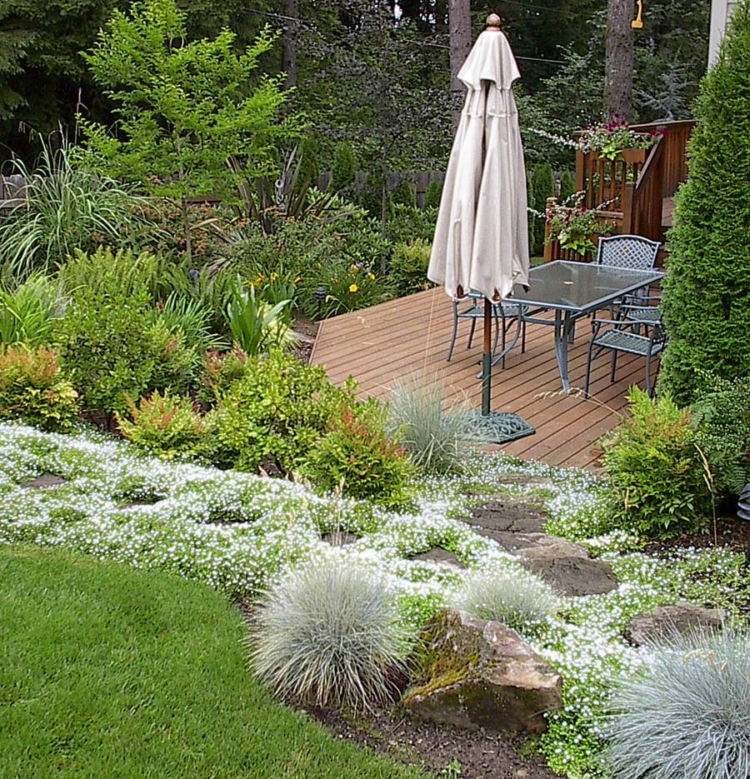
It’s possible to design a garden or landscape that’s low-maintenance, but it does take work. Chores are kind of a drag, but unless you’re willing to spend a lot of money on a yard service, you’ll need to understand how to maintain your yard with minimal difficulty.

Comments
Loading…